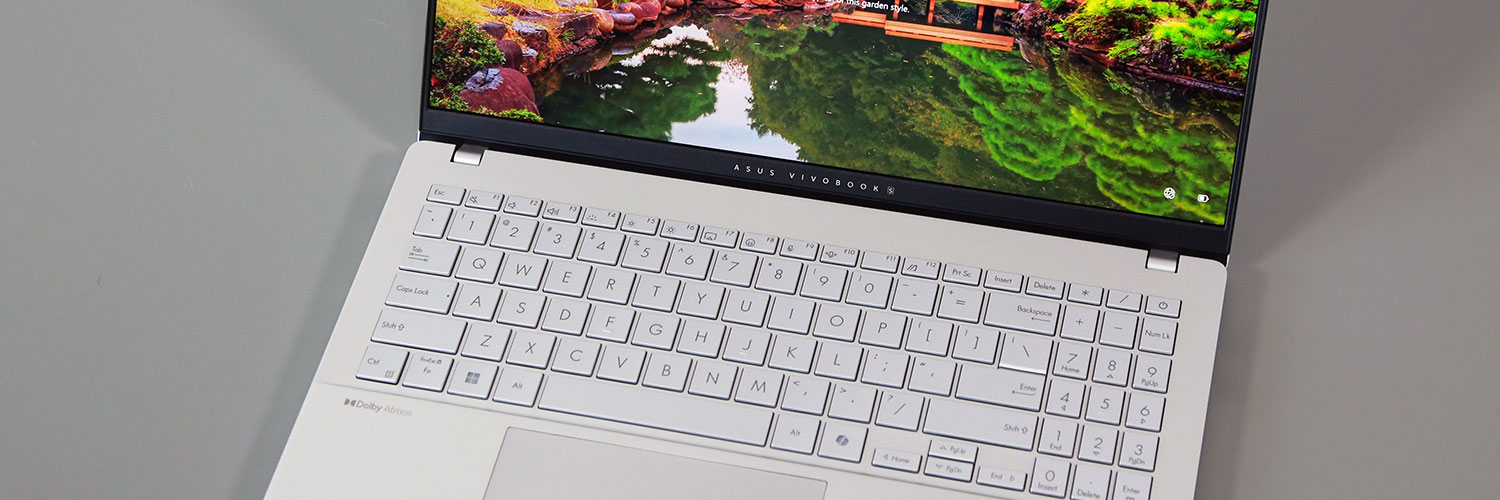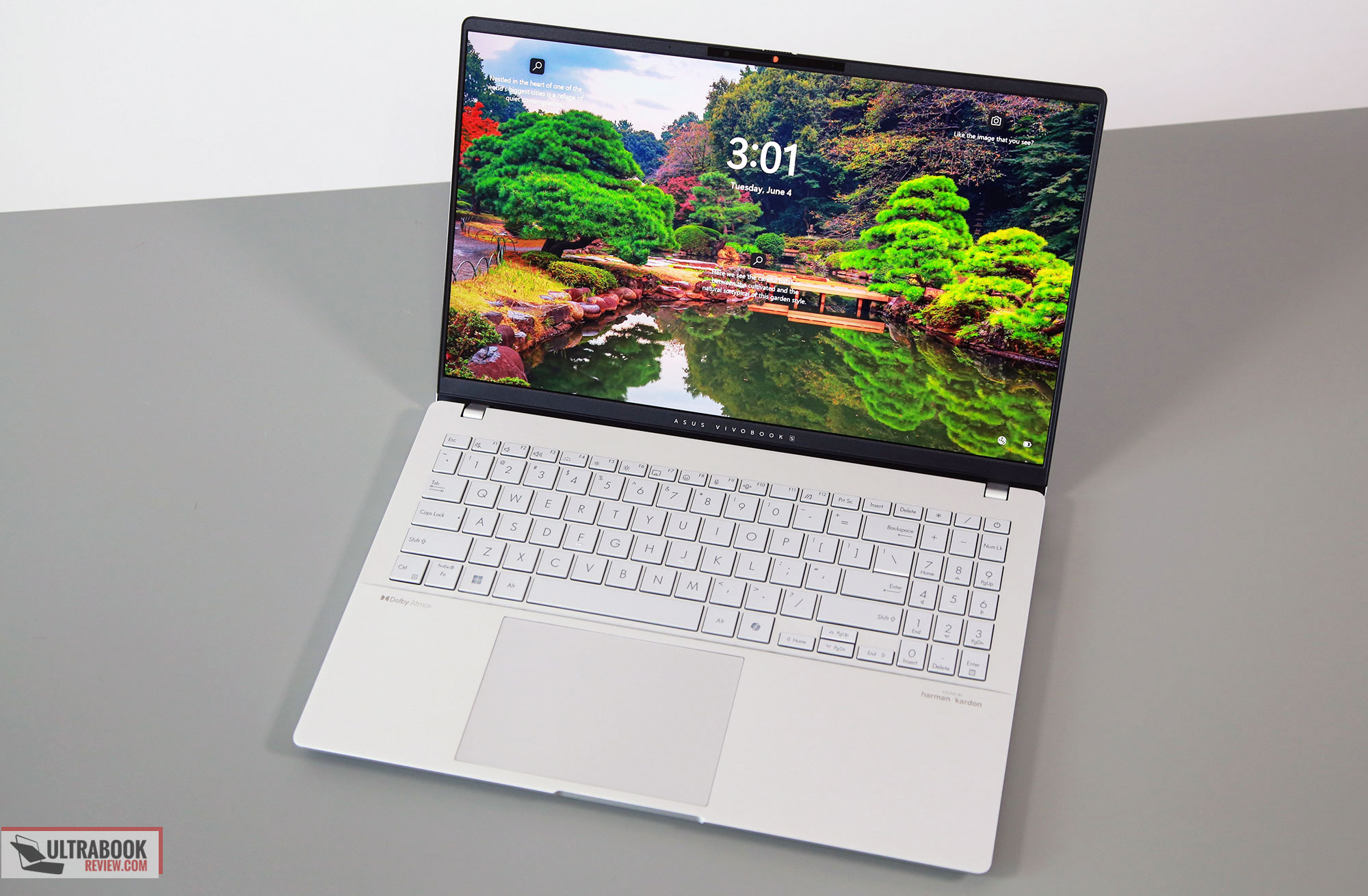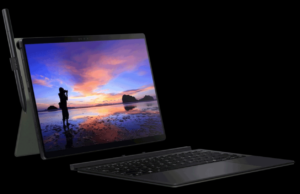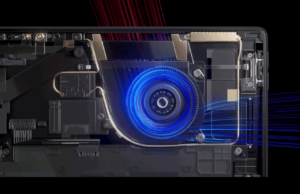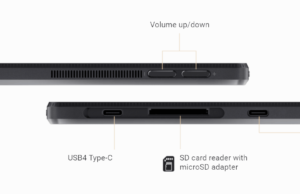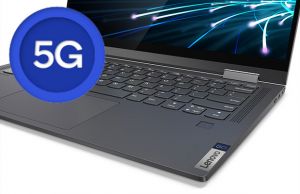Table of Contents
There are a bunch of devices built on Qualcomm Snapdragon X Plus and X Elite hardware coming to stores over the next weeks, and in this article we’re going to briefly discuss the two offered by Asus, the Vivobook S 15 S5507QAD and the ProArt PZ13 HT5306QA.
I got to use the Vivobook S 15 for a little while before this article, and will share some early thoughts on the design. My complete review will be available as well in a little bit, once the embargo lifts.
So, unlike most other Snapdragon X computers launched this year, this Vivobook is not a premium design, but rather a mid-tier mainstream model.
That means it is built on almost the same chassis as the Intel and AMD powered Vivobook S models, but only comes in a utilitarian Silver color and in a 15-inch size. It’s a decent chassis, fairly sturdy and with good ergonomics and ports. This is also portable and lightweight for a 15-inch laptop, at 1.42 kg/3.2 lbs. But don’t expect top-notch build quality or materials or features here.
I’m happy Asus didn’t skimp on screen quality, implementing a 15.6-inch 3K OLED panel in a 16:9 format and with 120Hz refresh rate. It’s non-touch, so everything looks great on this screen, including texts on white backgrounds. More on OLED laptops here.
Inputs, on the other hand, are standard for the Vivobook series, with a full-keyboard with a NumPad, decent feedback and white or optional RGB lighting. The touchpad works fine as well, and biometrics are handled by an IR camera with a shutter cover, placed at the top of the screen.
| Asus Vivobook S 15 S5507QAD series, 2024 model – review |
|
| Screen | 15.6 inch, Lumina OLED, 16:9 aspect ratio, non-touch, glossy, 2.8K 2880 x 1620 px, 120Hz refresh, 400-nits SDR brightness, 600-nits HDR peak, 100% DCI-P3 colors |
| Processor | Qualcomm Oryon Snapdragon X, 45W sustained TDP, either X Elite 78 100 (12C/12T) or X Plus 64 100 (10C, 10T), up to 3.4 GHz |
| Video | Qualcomm Adreno 311 GPU |
| Memory | up to 32 GB LPDDR5x-7500 (soldered) |
| Storage | M.2 NVMe SSD – single M.2 2280 slot |
| Connectivity | Wireless 7 2×2 (Qualcomm FastConnect 7800), Bluetooth 5.4 |
| Ports | 2x USB-C 4.0, 2x USB-A 3.2 gen 1, 1x HDMI 2.1 TMDS, mic/headphone |
| Battery | 70 Wh, 90W USB-C charger |
| Size | 353 mm or 13.89” (w) x 227 mm or 8.93” (d) x from 14.7 mm or 0.57” (h) |
| Weight | 3.13 lbs (1.42 kg) + charger and cables |
| Extras | clamshell format with almost 180-degree hinge, white or optional single-zone RGB backlit keyboard, 1.5 mm travel, glass touchpad ??, 2MPx FHD webcam with IR, and privacy shutter, no fingerprint sensor, stereo side/bottom firing speakers, Cool Silver color |
Snapdragon X Plus and X Elite hardware
The Elephant in the room lies inside the chassis, where Asus plans to offer the Vivobook S 15 S5507 in either Snapdragon® X Elite X1E 78 100 or Snapdragon® X Plus X1E 64 100 configurations, with Adreno graphics, Hexagon™ NPU and Qualcomm’s AI Engine. All these paired with up to 32 GB of onboard memory, and upgradeable SSD storage.
Update: Here’s our detailed review of this ARM powered Asus Vivobook S 15 OLED series. And if interested, here’s our review of the very similar 14-inch Vivobook S 14 series, in the AMD configuration.
The Snapdragon X Elite 78 100 is the most powerful chip in this platform, with 12 Cores, 12 Threads, 42MB Cache and speeds of up to 3.4GHz. The X Plus 64 100 is the more mainstream and more affordable processor, with 10 Cores, 10 Threads and still speeds of up to 3.4GHz. Both bundle Qualcomm® Adreno™ C311 iGPUs, but its unclear to me whether there are any differences in graphics capabilities between the two SKUs or not.
I look forward to being able to share more about the performance if this series in the review, but you’ll have to wait a bit for that.
More importantly, I’m curious about this hardware’s compatibility with non-native apps, the major culprit of past Windows on ARM computers available over the years. It’s still not clear to me whether Microsoft are able to address that at least in part with these 2024 devices.
What I will add is that Asus chose to implement full-powered variations of the Snapdragon X hardware in this Vivobook S 15, with a TDP of 45W on the Performance modes. That’s alright, however, I am more interested in the platform’s behavior on Balanced and Whisper, which hopefully get to keep the fans quiet while providing decent performance for mixed use and long battery life. Minor spoiler, the unit that I got ran silently with light daily use, with the fans inside keeping idle, and with excellent chassis temperatures. So I have pretty high hopes on this regard.
Speaking of runtimes, there’s a hefty 70 Wh battery inside this laptop, and the marketing materials mention up to 18 hours of battery life on a charge. I was expecting longer, to be honest. For comparison, the AMD-powered Zenbook 14 UM3406 is advertised at up to 17 hours, and rather goes for 7-12 hours in our real-life use tests. So I’d expect this Snapdragon-powered Vivobook to be fairly close to the Zenbook in terms of efficiency, but I was expecting better.
Oh, and btw, if you wonder why Asus didn’t put this Qualcomm hardware inside their more premium Zenbook chassis, I’d reckon that’s because the current Zenbooks are only designed to run at around 28-30W sustained TDP, and not the 45W targeted here.
Update: I was expecting this to go for a more affordable price, but I’m mostly seeing two configurations listed, shipping from June 18th:
- Snapdragon X Elite, 16 GB RAM, 1 TB SSD – $1299 in North America;
- Snapdragon X Elite, 32 GB RAM, 1 TB SSD – $1399 in North America.
Not cheap, especially compared to the Intel/AMD Vivobook models. X Plus configurations are coming later in the year as well, and hopefully for a notably lower price.
Anyway, that’s about it for now. Not much, I know, but stay around for the review.
Asus ProArt PZ13 tablet
The ProArt PZ13 is quite a different device, a Surface Pro like tablet format with a 13-inch OLED touch display and Snapdragon X Plus hardware.
Of course, being a tablet, it’s a lower power design at 20W sustained TDP, but is still fan-cooled and still bundles a 70 Wh inside. All tucked behind the display, inside a slim chassis that measures 9mm (0.35 inches) in thickness and weighs roughly 850 grams (1.87 pounds). Plus the keyboard folio, of course.
Here are the specs:
| Asus ProArt PZ13 HT5306QA series, 2024 model |
|
| Screen | 13.3 inch, Lumina OLED, 16:10 aspect ratio, touch, glossy, 2.8K 2880 x 1800 px, 60Hz refresh, 400-nits SDR brightness, 550-nits HDR peak, 100% DCI-P3 colors |
| Processor | Qualcomm Oryon Snapdragon X, 20W sustained TDP, X Plus 64 100 (10C, 10T), up to 3.4 GHz |
| Video | Qualcomm Adreno 311 GPU |
| Memory | up to 16 GB LPDDR5x-7500 (soldered) |
| Storage | M.2 NVMe SSD – ?? |
| Connectivity | Wireless 7 2×2 (Qualcomm FastConnect 7800), Bluetooth 5.4 |
| Ports | 2x USB-C 4.0, SD Express 7.0 card reader, mic/headphone |
| Battery | 70 Wh, 65W USB-C charger |
| Size | from 9 mm or 0.35” (h) |
| Weight | 1.87 lbs (.85 kg) – tablet only, + keyboard folio, charger and cables |
| Extras | tablet format with detachable magnetic keyboard folio, support for the Asus Stylus 2.0 digital pen, 2MPx FHD webcam with IR, stereo side/bottom firing speakers, Black color |
This is going to be a worthy competitor for the latest Microsoft Surface Pro tablet, a similar, albeit larger, format and running on similar Snapdragon X hardware. It’s coming later in the year, starting at 1299 GBP on the UK market, so it should be closely priced to the Surface.
I’d reckon it could be an interesting option for creators and those of you looking for a lightweight travel companion. I’m not necessarily a fan of the tablet format as a daily driver, but the popularity of the Surface series over the years proves that some of you prefer this design over more traditional laptops or 2-in-1 hybrids. So there’s a market for this device.
I look forward to spending more time with it and provide my indepth thoughts in a review.

